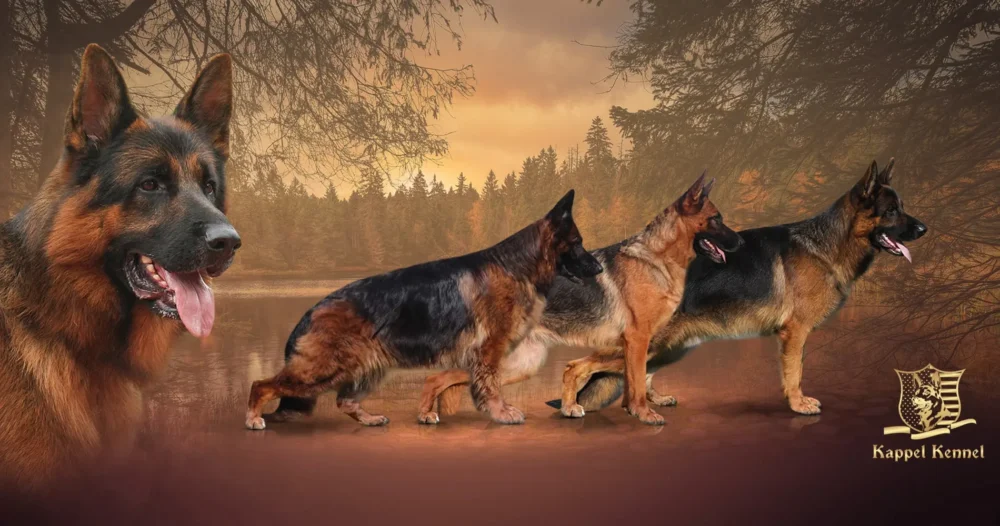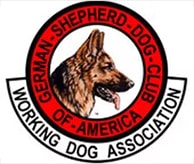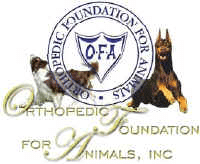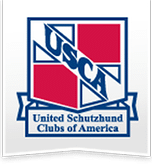GERMAN SHEPHERD PUPPY TRAINING
Great quote from an old-time dog trainer:
“If you want to know what’s wrong with your dog, go look in the mirror.”
GERMAN SHEPHERD PUPPY TRAINING TIP: Let’s talk about positive training and why it is so effective. Positive training means rewarding your dog for a desirable behavior. When your dog exhibits a behavior you like, you show your dog that you like that behavior by rewarding your dog. A reward is anything your dog enjoys such as food, throwing a ball, a game of tug, or praise. Rewarding your dog will encourage your… dog to repeat that behavior again. By repeating the behavior, your dog will get good at practicing it until the behavior becomes learned.
Correction-based training in my opinion isn’t training at all. It is not based on intelligence or compassion. Jerking a dog’s neck or shocking a dog into “submission” will only serve to cause a dog to become fearful. Pain and discomfort decrease your dog’s ability both to learn and to play. Positive training sets your dog up for success by teaching him what you would like him to do so there is no need to punish or to get angry with him. Through positive reinforcement, you will teach your dog how to behave in new environments and perform behaviors you want. It’s truly amazing to see how positive reinforcement strengthens the bond between you and your dog, builds his confidence, and teaches him to trust. www.PatriotPaw.org
- Start your German Shepherd puppy training the moment your puppy comes home.
- Always give your dog a treat when you call him to you.
- Train before meals or when your dog is relaxed and hungry
- Your German Shepherd puppy was bred for extreme trainability so limit your training to under 5 minutes (short and sweet).
- A daily routine builds good learning habits.
- Always end on a high note, when the puppy has done what you asked right, lots of praise.
- Do not overtrain. Your puppy will lose interest and not retain what it did learn. And he may go into avoidance. If he goes into avoidance, stop all training for a week or so until he solicits you to play.
- Praise, Praise, Praise.
- Training up until a year of age is all motivational. We start with food. Vienna hot dogs cut in little pieces. There are lots of training treats available at Pet Markets too. Just make sure that whatever you do get it must be in tiny pieces for the training or your dog will be so busy eating the biscuit that you won’t have time for the training. You want your puppy to quickly eat the treat and immediately after look at you for more.
- Hold your treat up by your face so that the puppy will learn to look you in the eye. If you don’t have your puppy’s attention your puppy will not learn.
- Always use a quiet area with few distractions or interruptions.
- Only one person at a time should train. Qualified children should always be supervised by a knowledgeable adult, your dog can be confused easily.
- Consistency counts. I will spend 2 weeks alone on sit. Twice a day for a few minutes. After the puppy is good with the sit, I will turn my back, call the pup and generally the puppy will come around to my front and sit directly in front of me.
- Stay and Down are negative commands and I generally don’t work on them until the dog is older. However, you can teach the down easily with food so it is not associated with negative training.
- Heeling can be taught by holding a treat/toy in front of the dog’s face as he walks on the left side of you. The dog will associate you with food/toy and keep his eyes on you instead of everything else that is out there.
- NEVER hit or shout at your dog for not obeying a command.
- Harsh corrections can result in fear and aggression – both are counterproductive to learning.
- If your dog misbehaves, he should be reprimanded consistently and immediately. A firm, verbal rebuke is enough. Don’t rebuke your dog for doing something you didn’t see at the moment.
Teaching Sit:
Hold the treat so the dog looks up to get it. As the dog tips its head up it will automatically sit. Consistency of working this way with the sit will produce the response on command.
Teaching Down:
Command your dog to ‘sit’, then sit down in front of him. Hold a small piece of food in front of his nose. As you command ‘down’, move the food down to the ground so his nose follows it. If he need help, put your hand on his shoulders and guide them down. When he is lying down, praise him and give him the treat. You can also push the treat between your puppy’s front legs, as he tried to follow it his back end will slide into a down position. Praise him and give him the reward.
Teaching (Here) Come:
From the very first day you bring your puppy into the house, he should be given a treat every time you call him to you. After your puppy learns the sit you can combine the ‘come’ with the ‘sit’ and then give the treat/reward. And always lots of praise and excitement when your dog comes to you. NEVER, NEVER call your dog to you for punishment. NEVER use his name negatively or during a punishment phase (I would prefer that you take time out for yourself before you even consider a punishment phase for your dog). If you instill in your dog from day one that it is exciting and rewarding to come to you he will sail through his teenage stage eagerly wanting to please you. This could also save your dog’s life to know that he is 100% on the recall.
I recommend once you have these commands working smoothly with your dog that you join a local obedience club and work on putting all of this together in a routine so you can be a team. This is usually after the teenage stage and about 13 -14 months of age.
Crate Training:
We crate-train all puppies from the day that they are weaned. My advice to you when you start is to put the puppy in the crate and then take the whole family to the movies so you won’t have to listen to him throw a temper tantrum. Your puppy will adjust quickly to his crate. Do not take the puppy out if he is throwing a fit as it will allow him to manipulate you whenever he wants. I always try to let the puppy out when he is quiet or asleep. Once your puppy gets use to being crated you will be able to tell when he has to go to the bathroom… his cry will be much different than that of a temper tantrum.






